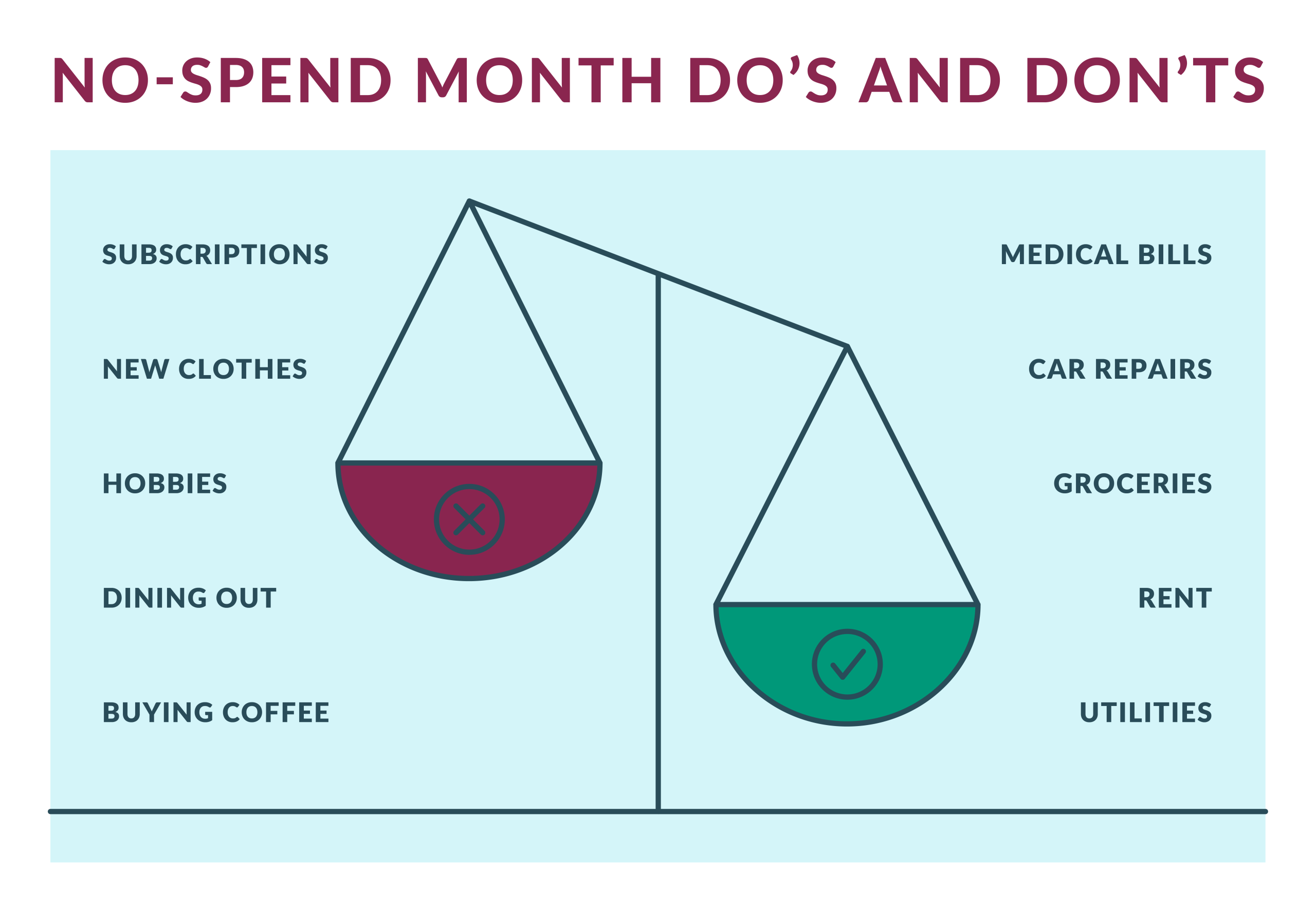Anúncios
In a world where financial balance is essential to achieve our goals and aspirations, defining clear and achievable financial goals is crucial.
Many of us aspire to a financially stable life, but without specific goals and a well-defined plan, our dreams can remain distant and unattainable.
In this text, we will explore effective strategies for setting financial goals that not only drive personal economic growth but also provide a sense of accomplishment and security. Follow along and discover how to set financial goals!
1- List Your Financial Priorities
Before starting to define specific financial goals, it is crucial to understand your personal financial priorities.
This involves a careful analysis of your current situation and reflection on your values and life goals.
Start by identifying your basic financial needs, such as housing, food, health, and transportation.
Then, assess your long-term aspirations, such as buying a house, traveling the world, or retiring comfortably.
Rank these priorities according to their importance and urgency. Additionally, consider your existing financial commitments, such as debts, student loans, or family expenses.
These commitments can influence your financial goals and the speed at which you can achieve them.
By listing your financial priorities, you will be creating a solid foundation for developing realistic goals aligned with your needs and desires.
2- Understand Your Financial Situation
Before setting financial goals, it is essential to have a clear understanding of your current financial situation.
This includes evaluating your assets, liabilities, income, and expenses. Start by taking an inventory of your assets, which may include savings, investments, properties, and any other valuable assets.
Then, list your liabilities, such as credit card debts, student loans, and mortgages.
After calculating your net assets (assets minus liabilities), examine your monthly income and expenses.
Record all sources of income, including wages, investment income, and any other financial inflows.
Proceed by analyzing your monthly expenses, categorizing them into essential items (such as housing, food, and health) and non-essential items (such as entertainment and discretionary spending).
By fully understanding your financial situation, you can identify areas for improvement and opportunities to save, invest, and pay off debts.
This understanding will also help you establish realistic and achievable financial goals, taking into account your current financial resources and circumstances.
3- Set an Achievable Goal
When setting financial goals, it is essential to establish specific, measurable, achievable, relevant, and time-bound objectives, known as SMART criteria.
Start by choosing a financial goal that is realistic and achievable with the resources and time available.
For example, if you are trying to save for a trip, set a specific amount of money to be saved and a realistic timeframe to achieve this goal, considering your current income and expenses.
When setting your goal, ensure that it is measurable so that you can track your progress over time.
This may involve breaking down your goal into smaller milestones and monitoring your progress regularly.
Additionally, ensure that your goal is relevant to your financial priorities and broader life goals.
By setting a deadline for your goal, you create a sense of urgency and accountability to achieve it within a specific period.
Remember that while it is important to set ambitious goals, it is also crucial to be realistic about your financial capabilities and limitations.
An achievable goal is one that challenges you to grow and develop but is also feasible within your current circumstances.
4- Set a Deadline
Setting a deadline for your financial goals is essential to provide a sense of urgency and focus. By establishing a clear and realistic deadline, you create a benchmark to track your progress and stay motivated along the way.
When choosing a deadline, consider the nature of your financial goal and your personal situation.
For example, if you are saving for a financial emergency, it may be prudent to set a shorter deadline, such as six months to a year, to accumulate an emergency fund equivalent to three to six months of expenses.
For long-term goals, such as saving for retirement or buying a house, you may set longer deadlines, typically five to thirty years, depending on your age and the amount needed to achieve the goal.
Break down your goal into smaller steps and assign each of them a specific deadline. This will help keep you on track and avoid procrastination.
Additionally, regularly review your deadlines and make adjustments as necessary based on your progress and changes in your financial circumstances.
Remember that a deadline should not only be an endpoint but also an opportunity to evaluate and celebrate your success in achieving your financial goals.
5- Create Your Financial Plan
After setting your financial goals, it is time to develop a detailed plan to achieve them. Your financial plan should include specific and actionable steps that will help you progress toward your goals.
Start by reviewing your current financial situation, including your assets, liabilities, income, and expenses.
Then, identify areas where you can reduce expenses, increase income, or improve financial management, such as debt refinancing, investment in financial education, or seeking additional sources of income.
To proceed, establish a realistic budget that allocates resources to your essential needs, existing debts, and savings for your financial goals.
Use financial management tools, such as budgeting apps or spreadsheets, to track your income and expenses and ensure that you are sticking to your plan.
Additionally, develop investment strategies to grow your wealth over time.
This may involve diversifying your investments across different asset classes, such as stocks, bonds, and real estate, and adjusting your allocation according to your financial goals and risk tolerance.
Finally, regularly review your financial plan and make adjustments as necessary to ensure that it is aligned with your goals and changing circumstances.
A flexible and adaptable financial plan is essential to help you achieve long-term financial success.
6- Take Care of Your Financial Life
Taking care of your financial life goes beyond simply setting goals and a financial plan. It involves cultivating healthy money management habits and staying committed to your goals over time.
A crucial part is regularly monitoring your finances. Set aside time to review your budget, track your progress toward your goals, and adjust your plan as necessary.
This can help identify areas where you are overspending, where you can save more, and where you can improve your investments.
Additionally, stay informed about relevant financial issues. Educate yourself on topics such as investments, tax planning, debt management, and savings strategies.
This can help make more informed decisions and maximize the potential of your financial resources.
It is also important to practice self-control and financial discipline. This may mean resisting the temptation of impulse spending, sticking to your budget, and prioritizing your financial goals over short-term desires.
Remember that financial success is a continuous journey that requires effort and commitment over time.
Finally, do not hesitate to seek help when needed. If you are facing financial difficulties or feel overwhelmed by financial planning, consider consulting a qualified financial professional.
They can offer expert guidance and help you develop customized strategies to achieve your financial goals.
By actively taking care of your financial life, you are investing in your future and building a solid foundation for a healthy and prosperous financial life.
7- Track Your Goal
After setting your financial goals and creating a plan to achieve them, it is crucial to regularly track your progress.
Tracking your goals allows you to assess how well you are following your financial plan and make adjustments as necessary to ensure that you stay on track.
An effective way to track your goals is to set milestones or checkpoints along the way. For example, if your goal is to save a certain amount of money by the end of the year, set monthly or quarterly goals to track your progress.
This allows you to quickly identify if you are falling behind on your goal and take corrective action if necessary.
Additionally, keep accurate records of your finances and update them regularly. This includes monitoring your income and expenses, tracking the growth of your investments, and staying up-to-date on any changes in your financial situation.
Consider using financial tracking tools, such as budgeting apps or spreadsheets, to streamline the tracking process.
These tools can help automate financial tasks, provide detailed analysis, and send reminders about important goals.
With these tips, you can set financial goals and make the most of your money. Like what you see? Check out more tips on our website and enjoy!






